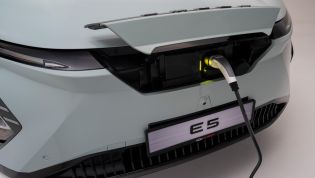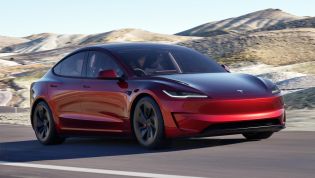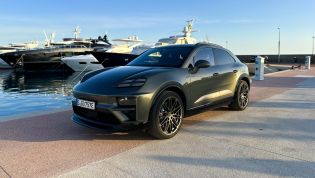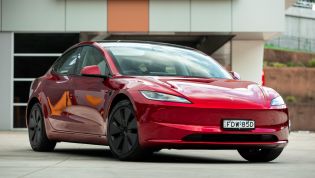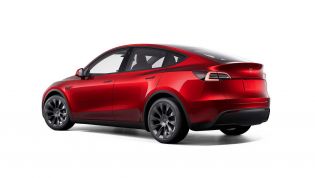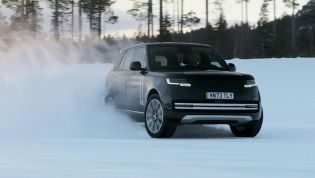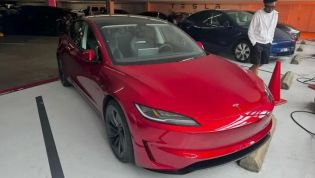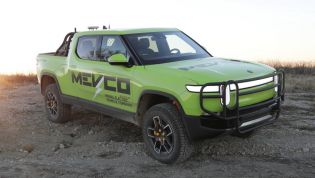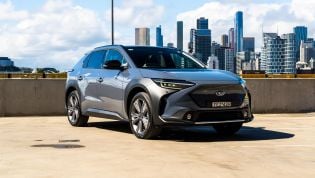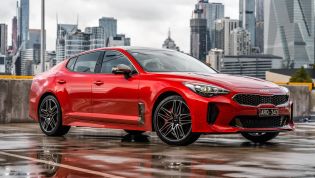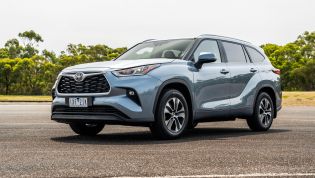We are quickly reaching the tipping point of electric car sales in Australia with an abundance of new models heading our way at the same time as both the federal and state governments across Australia begin to offer more meaningful incentives to get buyers interested in making the switch away from the internal combustion engine (another term for the 'traditional' petrol or diesel car) and join the future of mobility.
Like it or not, electric cars are indeed the future of mobility. Although it is unlikely the earth will run out of oil for hundreds of years to come, the push to reduce CO2 emissions from the transport sector has seen mandated pollution targets that are no longer possible to meet without the introduction of electric vehicles on a mass scale.
Electric Vehicle Types
- Hybrids (HEV),
- Plug-in hybrid electric vehicles (PHEV),
- Full battery-powered electric vehicles (BEV),
- Hydrogen electric vehicles (FCEV).
Hybrid vehicles like the Toyota Prius have been around for over two decades and have over time morphed away from a standalone model like the Prius into more popular vehicles like the Toyota RAV4 Hybrid. These vehicles use a standard fossil fuel-burning internal combustion engine in combination with a small electric motor (or motors) and a battery pack - they are often referred to as closed-circuit hybrids. Standard hybrid vehicles cannot be charged from an outlet and instead use momentum or the internal combustion engine to charge the battery pack while the vehicle is in motion.
They provide very limited amount of electric-only driving range, but do however help reduce fuel usage substantially in suburban situations with heavy stop-start traffic by utilising the electric motor(s) to get the vehicle moving, which is often a huge energy burden on an internal combustion engine.
Plug-in hybrids electric vehicles (PHEV) are similar to a closed-circuit hybrid in the sense that they marry a traditional fossil-fuel burning engine with an electric motor, but generally carry a much larger battery pack and also provide the option for external charging.
Often, these vehicles allow for around 25-100km of electric-only driving, providing a very viable option for those that want to have the option for electric-powered only driving while in the city but have the capacity of extended range when doing long distance driving. A good early example of such a car is the Mitsubishi Outlander PHEV.
Moving on to battery electric vehicles (BEV). The standout leader in this field has been Tesla for almost a decade, with the company selling more Model 3s in Australia in 2021 than all other electric cars combined. Electric vehicles use a significantly larger battery than PHEVs and as such have a typical range from around 160km (Mazda MX-30) to over 500km (Tesla Model 3, Model S). These vehicles can be charged at home at a slower rate, or at specialised fast charging stations situated all around the country.
Hydrogen powered electric vehicles or FCEVs have been in development for almost as long as BEVs, however due to the perceived difficulty of hydrogen storage, generation and use, they have yet to find mainstream appeal.
These Fuel Cell Electric Vehicles use compressed liquid hydrogen as their fuel source. The only by-product of combining hydrogen and air inside a FCEV is pure water, which is by no means bad for the environment. So while these vehicles do indeed have a tailpipe usually, they only output water. The benefit of an FCEV over a BEV is that like a conventional car, they can be refilled with hydrogen in just a few minutes, but good luck finding a hydrogen charging station in Australia!
MORE: Electric v hybrid v petrol v diesel: Driveline technologies compared and explained
Electric Vehicles Batteries Explained
Batteries are perhaps the most critical and expensive part of an electric vehicle. Most electric vehicle batteries today are Lithium Ion - similar to that found in your smartphone or laptop, although HEVs tend to use the older and cheaper Nickel–metal hydride battery technology.
A measurement of electrical power, usually abbreviated as “kW.” When used to express an electric motor’s maximum output, this is roughly equivalent to 1.34 horsepower.
Much like a regular internal combustion vehicle is measured in kilowatts for its power output, electric vehicles use the same measurement. Compared to horsepower, each kW is around 1.34 horsepower. That's not to be confused for "kilowatts per hour," or kWh. For a regular car you might be used to seeing litres per 100km, or how many litres of fuel does it use to go 100km? For electric cars, that same standard of measure is used for kWh/100km. This gives the vehicle its expected range.
Batteries typically have an extended warranty above and beyond the vehicle itself, to give owners confidence that their vehicle will maintain charge and provide the expected range for years to come. Typically, however, the data suggests that battery degradation of around 10-15 percent over a ten year period of typical driving is normal. This would mean a corresponding reduction in the original range.
Charging Electric Vehicles Explained
Charging has often been a point of frustration for potential electric vehicle owners as the rate of charge can differ so greatly from the battery, the outlet and even the plug itself. There are numerous levels of charging from your standard home outlet to 3-phase and then the fast charging solutions that available across numerous brands.
Below you will find a list of useful information regarding everything you need to know about electric cars.

